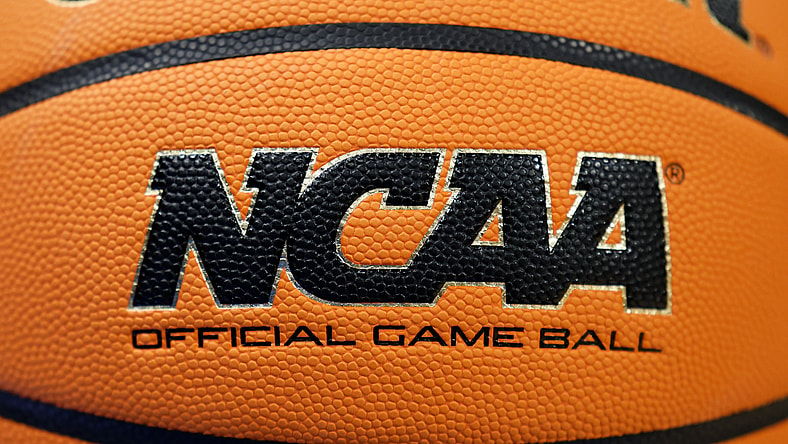
The National Collegiate Athletics Association made billions of dollars in recent years thanks to student-athletes participating in things like March Madness and the College Football Playoff. Amid a costly legal battle over not paying those same athletes for years, the NCAA and Power 5 schools have reportedly spent millions trying to win over Congress.
Fights in the legal system haven’t gone well for the NCAA. In the United States Supreme Court ruling of the National Collegiate Athletics Association vs Alston in 2021, the court unanimously found that the NCAA’s compensation rules violated the Sherman Act in restricting “non-cash education-related benefits” for student-athletes.
Related: Highest-paid athletic directors in NCAA
In the ruling, which was a major domino leading to the era of compensation for Name, Image and Likeness (NIL) for college athletes, Supreme Court Justice Brett Kavanaugh hammered the league for how it operated its business for decades.
“Nowhere else in America can businesses get away with agreeing not to pay their workers a fair market rate on the theory that their product is defined by not paying their workers a fair market rate and under ordinary principles of antitrust law, it is not evident why college sports should be any different. The NCAA is not above the law…ll of the restaurants in a region cannot come together to cut cooks’ wages on the theory that ‘customers prefer’ to eat food from low-paid cooks. Law firms cannot conspire to cabin lawyers’ salaries in the name of providing legal services out of a ‘love of the law.’ Hospitals cannot agree to cap nurses’ income in order to create a ‘purer’ form of helping the sick. News organizations cannot join forces to curtail pay to reporters to preserve a ‘tradition’ of public-minded journalism. Movie studios cannot collude to slash benefits to camera crews to kindle a ‘spirit of amateurism” in Hollywood.”
United States Supreme Court Justice Brett Kavanaugh to the NCAA in the Alston ruling in 2021 (H/T USA Today)
Also Read: Netflix paying huge amount for NFL games on Christmas Day
In more recent legal battles, a federal judge issued a preliminary ruling in February 2024 that prohibited the NCAA from publishing any athletes or college boosters for negotiating NIL deals during the recruiting process or when a student-athlete is in the transfer portal.
More recently, the National Labor Relations Board delivered another blow with the Dartmouth ruling, with the NLRB approving the right of Dartmouth’s men’s college basketball team to unionize. It has been viewed as another critical step towards student-athletes being able to unionize across the country.
Related: Highest-paid college football players 2024
With the federal courts routinely siding with student-athletes and growing momentum nationally for college athletes to be able to unionize and be financially compensated by schools for their contributions to teams, millions of dollars have been spent trying to win the battle at another level.
According to Front Office Sports, the NCAA and the Power 5 conferences have spent more than $15 million to gain support from some of the strongest lobbying firms in Washington D.C. It’s also believed that schools and the NCAA spent millions of dollars more on PR campaigns, following the blueprint that was used by Purdue Pharma when it faced legal and public scrutiny.
Also Read: Where NFL revenue comes from
Even if the NCAA and Power 5 schools spent $20-plus million since 2019 on lobbying Congress to make changes in their favor, it represents only a fraction of what college sports are generating. As reported by ESPN in February, the NCAA generated nearly $1.3 billion in revenue for the 2022-’23 academic year. It marked the third consecutive year that NCAA revenue was over $1 billion.
However, the money is being spent for a critical reason. The reported House vs NCAA lawsuit, with talks ongoing for a settlement, will cost the NCAA and its schools billions of dollars. A recent proposal in May called for $2.7 billion in damages to be distributed to student-athletes, per ESPN. The cost would be divided up between the NCAA and its schools.
However, the cost would be much higher without a settlement. Documents obtained by Ross Dellenger of Yahoo Sports found that the NCAA could face $20 billion in damages and be forced into bankruptcy if the settlement proposal isn’t agreed to. With the future of college sports and potentially tens of billions of dollars at stake, spending $15-$20 million to lobby Congress is a drop in the hat for the NCAA and its schools.